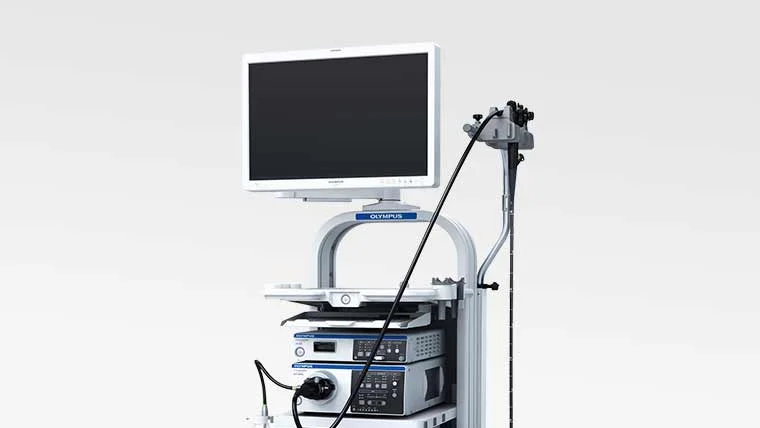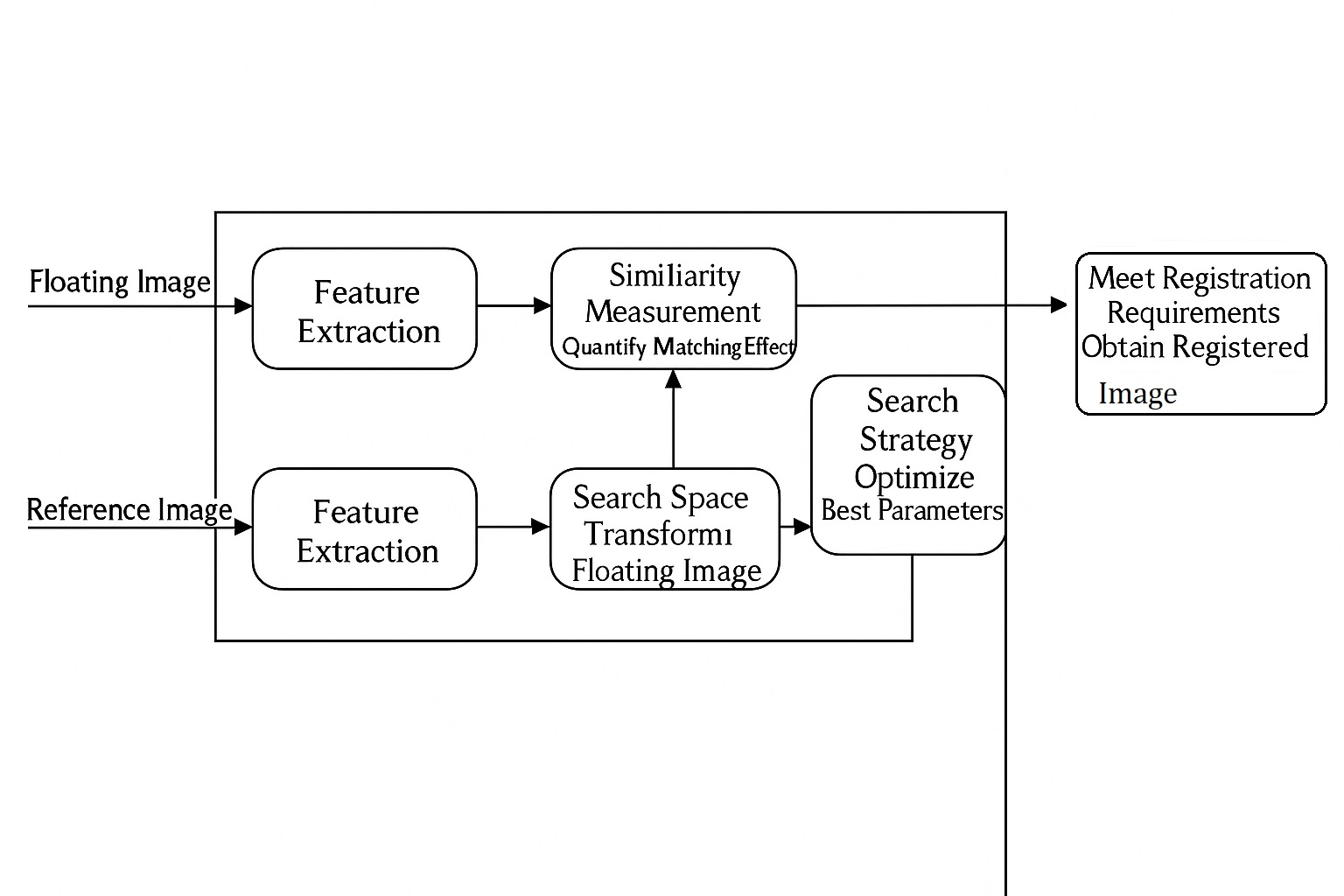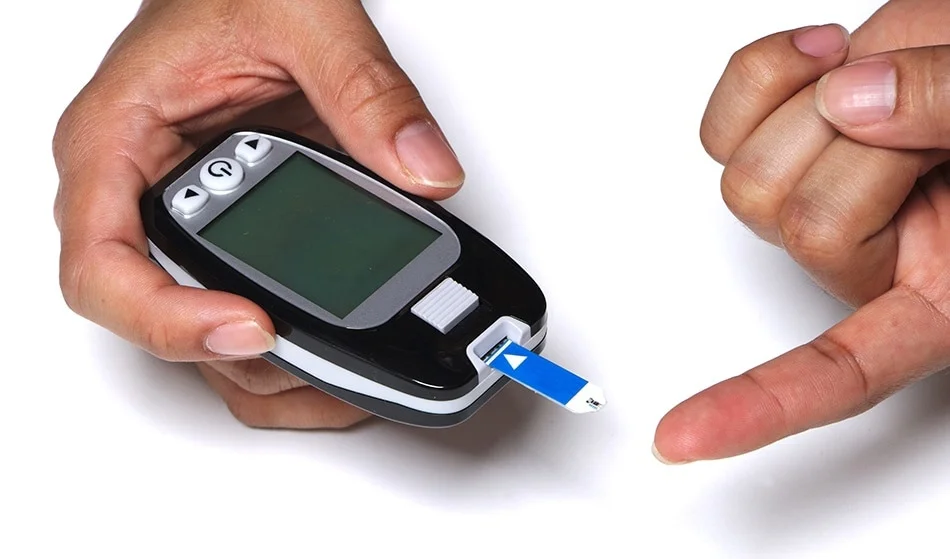Overview
A medical endoscope is a multidisciplinary system that integrates optics, ergonomics, precision instrumentation, electronics, mathematics, and software. It is primarily used to inspect internal lesions and to provide visualization during internal procedures. A medical endoscope typically consists of an insertion tube (flexible or rigid), an optical imaging system that captures and transmits images of internal tissues and organs, an image processing system that digitizes and processes the captured images, a display system that presents the digital images to the operator or observer, and an illumination system that transmits light to improve visibility in the examined area.
Primary Subsystems
The medical endoscope system is generally composed of three main subsystems: the endoscope body, the image processing module, and the light source module. The endoscope body itself includes the imaging optics, image sensors, and the acquisition and processing electronics.
Imaging Optics and Sensors
Endoscope imaging optics commonly use aspheric lens designs. Image sensors are typically either miniature CCD sensors or CMOS sensors. The acquisition and processing electronics rely on technologies such as field-programmable gate arrays (FPGA), digital signal processing (DSP), and ultra-compact component packaging. The image processing module employs denoising algorithms, temporal noise reduction, temporal filtering, false-color imaging, digital filtering, i-SCAN or intelligent spectral chromoendoscopy (FICE), autofluorescence imaging (AFI), and other edge-enhancement techniques. In cold light source modules, LEDs are progressively replacing xenon lamps due to cost and power advantages.
Endoscope Categories
Medical endoscopes are mainly divided into two categories:
- Rigid endoscopes: Non-flexible instruments introduced into sterile tissues, organs, or cavities via surgical incisions. Examples include laparoscopes, thoracoscopes, and arthroscopes. Rigid endoscopes can be either white-light or fluorescence-capable.
- Flexible endoscopes: Bendable instruments that enter the body through natural orifices. These have longer insertion lengths and require longer electro-optical signal transmission distances. Flexible endoscopes have smaller insertion diameters and higher functional integration, imposing stricter requirements on design and manufacturing processes. Examples include gastroscopes, colonoscopes, and bronchoscopes.
Aspheric Lens Design
As surgical incisions become smaller, there is increasing demand for miniaturized endoscope optics with short length and small diameter to minimize overall instrument volume. The design challenge is to achieve both compact size and high imaging quality. Traditional spherical lens designs increase aberrations and distortion, resulting in blurred images, warped views, and limited field of view. Modern aspheric designs use non-spherical surfaces to change lens curvature so that light converges at a fixed focal point, correcting distortion and improving image quality while allowing lenses to be lighter, thinner, and flatter.
 ALLPCB
ALLPCB








